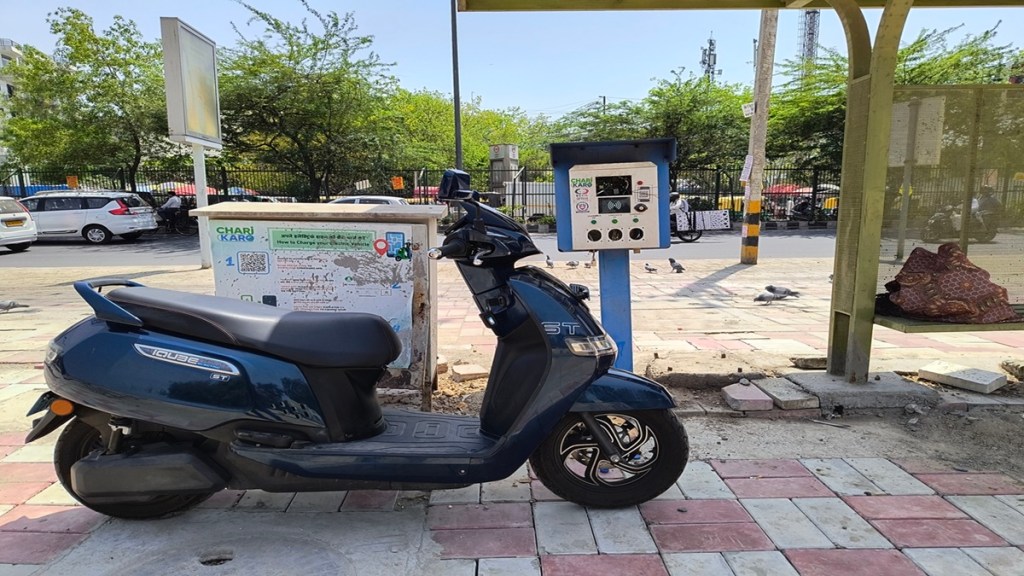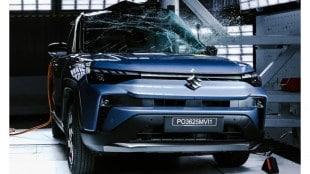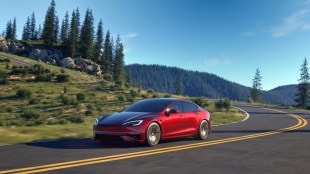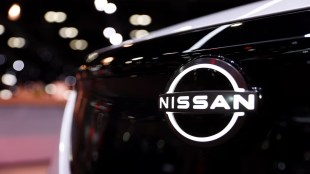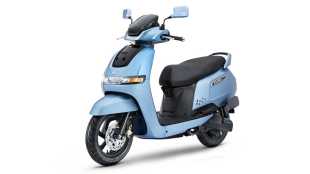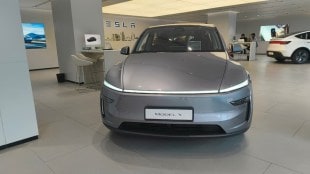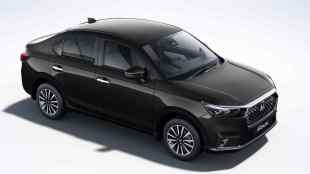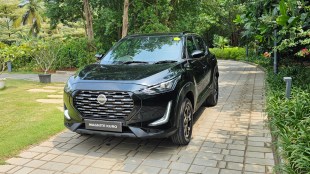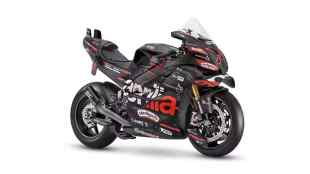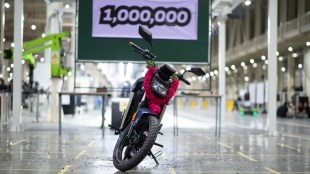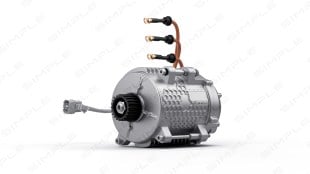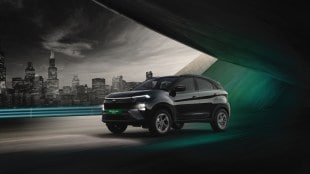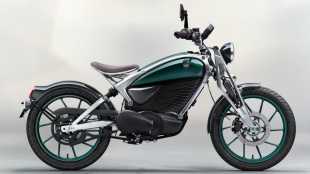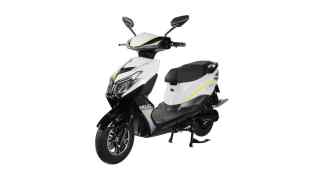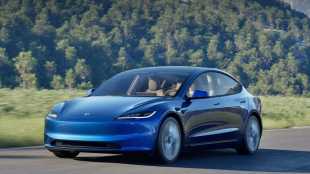The Delhi government is working on a new electric vehicle (EV) policy, which aims to accelerate adoption of EVs in the state. But adoption can happen if it’s easy living with an EV. Two weeks ago, while driving the Tata Punch EV, we realised that living with an electric car in Delhi NCR isn’t as hassle-free as living with a petrol/diesel/CNG car (especially if you don’t have an EV charger installed at home). Story link: https://shorturl.at/FLso9
This week, we picked up an electric scooter – the TVS iQube.
The scooter
It’s available in three battery pack options:
2.2 kWh (with a starting price of Rs 95,000 in Delhi, after subsidy);
3.4 kWh (starting price of Rs 1.09 lakh);
5.1 kWh (Rs 1.59 lakh) – it’s the variant we picked up.
The ride
It’s a peppy machine, especially in the Power mode – in our rough tests, it accelerated from 0-60 km/h in about 7 seconds, and was able to keep up with high-speed traffic on the Delhi-Noida Direct Flyway at about 80 km/h. It felt safe – as it went with the traffic flow. In the Power mode, the tripmeter showed a range of about 100 km.
In the Economy mode, the range increased to 150 km, but top speed was capped at about 55 km/h – perfect for city riding.
The design
You buy a two-wheeler not just for commuting, but also for ease of commuting (plus a feel-good factor), and the iQube has some catching up to do in the ‘feel-good’ part.
– The body rattles and the rear-view mirrors vibrate on bad roads and at speeds above 60 km/h.
– Build quality isn’t up to the mark – for example, the rubber cup on the rear-view mirror holder keeps coming loose.
Challenges we faced
– The sheer size of Delhi: A roundtrip from Gurugram to Noida can be more than 100 km, and no electric two-wheeler has the juice to practically cover such distances without giving you range anxiety.
– Living on higher floors: The iQube has a little over 10-feet long charging cord, but that isn’t enough even for people living on the first floor. Yes, you can instal a socket on the ground floor, yes, you can use an extension cord, but all these are hassles.

– Non-functional chargers: Last year, the government said that Delhi has 1,886 operational public EV charging stations. That’s a decent number, but even one non-functional charger can dampen the spirits. Running low on charge in South Delhi, we found a CharjKaro charging station with an AC001 charger (three sockets of 3.3-kW each), but someone had vandalised it. So, we went to a tea shop nearby, paid him some money, and requested for charging.
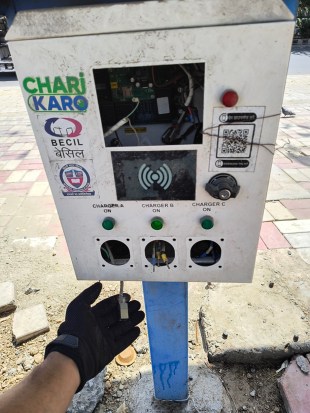
Why we loved it?
Despite challenges, riding the iQube can be a fun experience. It’s really light and a perfect vehicle for grocery shopping or picking/dropping kids to school or for commuting within a 10-20 radius. It’s also dirt-cheap to ride and own – our rough calculations showed its running cost at 25 paise per km (which is 6-8 times less than a petrol scooter, which can cost Rs 2 per km), even though the upfront cost is almost Rs 50,000 extra.
